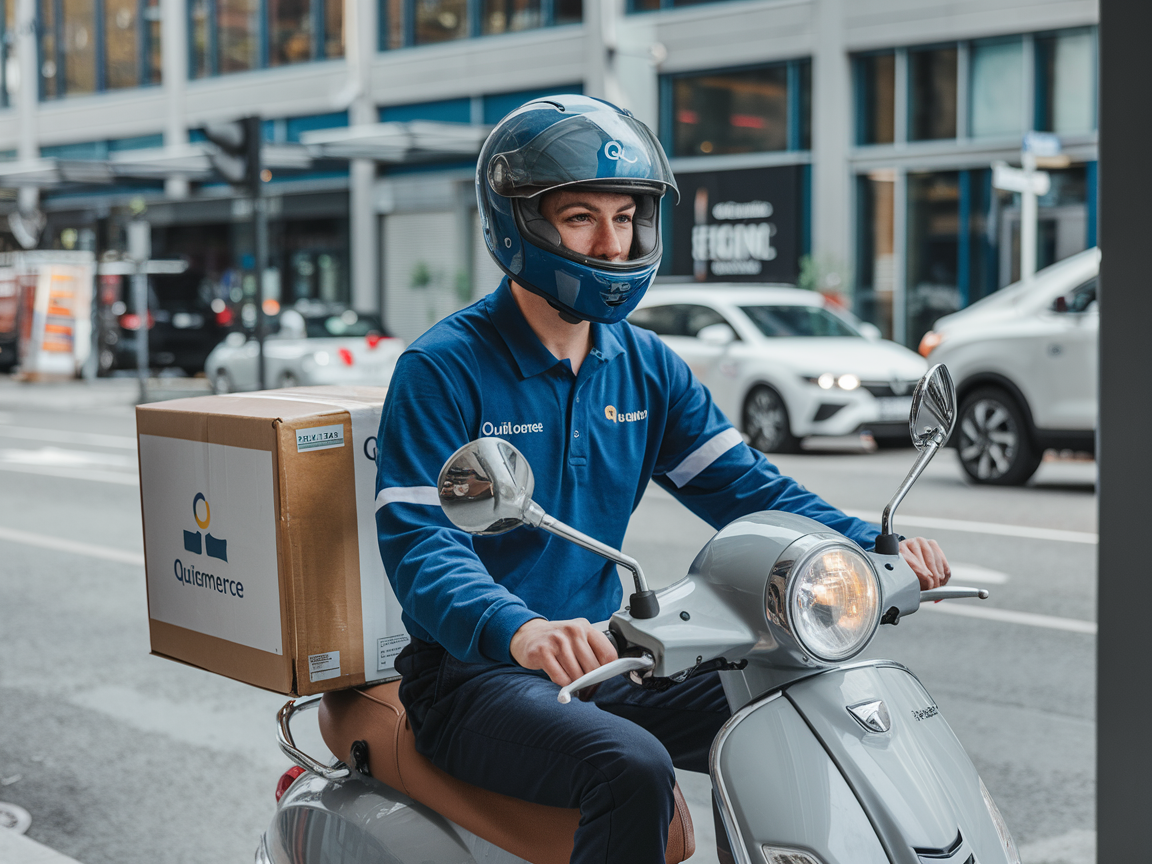What is Quick Commerce – Complete Updated Guide You Must Know
Table of Contents
Did you know that quick commerce sales in India surged by 280% over the next two years? Isn’t it fascinating how quick commerce, which arrived in 2014, has recently become the talk of the town?
Quick commerce, or q-commerce, is changing how we see online shopping.
From fruits and vegetables to electronic gadgets, clothes, and a lot more, you will get something from quick commerce platforms like Zepto, BlinkIt, and Instamart.
In this blog, we are going to talk about q-commerce in detail. What is quick commerce? How it evolved? How q-commerce works? What are the advantages and challenges associated with quick commerce? We are going to know about each of these aspects.
Not just this, we will also discuss the future of quick commerce and what it holds for 2025. So, let us proceed with the blog.
What is Quick Commerce?
Q-commerce refers to a type of eCommerce where the products that the customer orders are delivered to them in a short time. The delivery times in quick commerce are generally between 10-30 minutes.
We all know that eCommerce was doing alright. People were shopping online and their products were being delivered as fast as a day or two.
However, with the emerging technology and the changing demands of consumers, faster delivery has become the new normal. Top eCommerce platforms like Amazon started with single-day delivery.
But now, quick commerce has made things even more convenient and fast. Q-commerce offers delivery in as little as 10-20 minutes. Hence, this shift addresses a critical demand – convenience at lightning speed.
Moreover, the COVID-19 pandemic not only boosted adoption but also normalized the idea of paying a premium for instant convenience. Q-commerce brands used this opportunity to open hyper-local stores to ensure this all works efficiently.
How Quick Commerce Works?
Now the question is, how is this all possible? How is it possible to deliver products in under 30 minutes? How does q-commerce work? Let us break this down into simpler steps for you to understand.
- Quick commerce relies on well-placed micro-fulfillment centers (MFCs) that stock high-demand items close to urban hubs.
- Hence, as a result, these warehouses reduce delivery time and ensure rapid inventory replenishment.
- Artificial intelligence plays a pivotal role in q-commerce operations.
- AI-powered algorithms help in predicting demand patterns, optimizing delivery routes, and allocating resources effectively.
- So, with real-time tracking, one can ensure smooth coordination between warehouses and delivery personnel, boosting overall efficiency.
These are the basic operations on which quick commerce works, ultimately providing efficiency, speed, and better service quality.
What are the Advantages and Challenges of Q-Commerce?
The reason why q-commerce is booming is because of several advantages that it offers to consumers and businesses alike. The following is the list of advantages that one gets from quick commerce:
- The convenience that q-commerce offers is unmatched. Be it looking for snacks for an impromptu movie night or an urgent medical supply, with quick commerce, you can get it in an instant.
- The amount of time one can save with quick commerce is unmatched. One does not have to worry about trips to physical stores and wasting hours. Just one click and you have what you need.
- Consumers also have the advantage of tracking their orders in real-time and will also get regular updates on the order processes.
- For businesses too, q-commerce offers several advantages. It delivers your products to the customers at a lightning-fast pace, building brand loyalty and repeat business.
- Consumers are often willing to pay extra for the convenience of instant delivery, improving profit margins.
Other than these advantages, quick commerce also faces some prominent challenges. These are challenges such as operational costs, environmental sustainability, and scalability issues that this model faces.
What Does the Future of Q-Commerce Look Like?
The future of q-commerce will likely feature robotic deliveries, autonomous vehicles, and drone technologies to reduce costs and enhance efficiency.
Moreover, AI will continue to refine demand forecasting, making operations smarter and more cost-effective. Especially, quick commerce in 2025 will see several revolutionary changes.
As urban markets saturate, companies are exploring semi-urban and rural areas. In addition, the inclusion of new product categories like electronics, fashion, and luxury items could further expand q-commerce’s reach.
Wrapping Up
Q-commerce is completely transforming how we see eCommerce. From electronic gadgets to fashion, we are witnessing new categories and products being added to quick commerce.
Moreover, several q-commerce platforms today like BlinkIt, Instamart, Zepto, and more, are undergoing innovations each day.
Furthermore, we are going to witness that eCommerce will evolve more with time. So, make sure that you do not miss the opportunity to grow your online business.
Visit us today at Zopoxo to Book a Free Demo and see how we can help you grow your eCommerce business from start to success.

